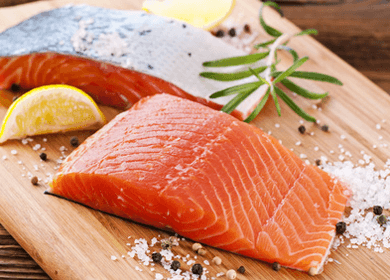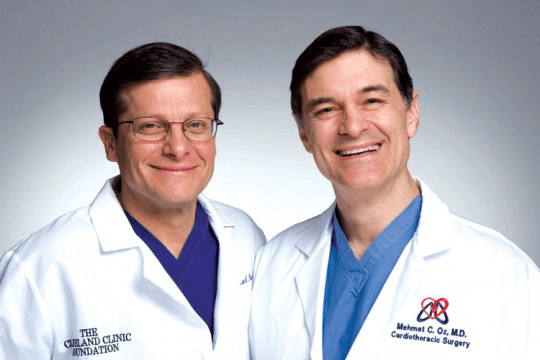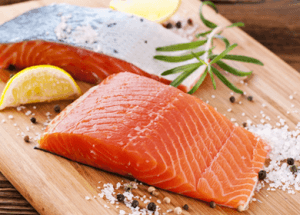
After her debut at the 1939 World’s Fair, Elsie the Cow became so famous (the inspiration of the Borden Milk Company), she toured the country in her own railcar fitted with a four-poster, canopied bed. Well, MOOOve over, Elsie.
While dairy can deliver a lot of calcium, there are other ways to get your daily dose. And that’s especially important for postmenopausal women, who are at the greatest risk for primary hyperparathyroidism, or PHPT. There are 100,000 new cases in the U.S. every year. Most are women over 75, but PHPT is an equal-opportunity ailment if you’re younger.

PHPT triggers the release of excess parathyroid hormone from the parathyroid gland (behind the thyroid) in your neck. That leaches calcium from your bones and into your bloodstream. (Parathyroid hormone controls calcium, phosphorus and vitamin D levels in your blood and bones.) The result: osteoporosis, kidney stones and cardiovascular problems.
So start now to increase your calcium intake. In one study, women with the most calcium-rich diet were 44 percent less likely to get PHPT. Salmon and sardines, almonds, sunflower seeds, collard greens, kale, arugula, okra, broccoli rabe and dried beans are all calcium-packed.
 And consider a calcium supplement – women who took 500 milligrams a day slashed their risk of PHPT by 59 percent. We think you should aim for 1,200 milligrams a day, half of it from food. PLUS: Vitamin D-3 (1,000 IU a day; 1,200 for those over 60) and magnesium (400 to 500 milligrams) from food or supplements to build strong bones. Now, let’s get a mooove on!
And consider a calcium supplement – women who took 500 milligrams a day slashed their risk of PHPT by 59 percent. We think you should aim for 1,200 milligrams a day, half of it from food. PLUS: Vitamin D-3 (1,000 IU a day; 1,200 for those over 60) and magnesium (400 to 500 milligrams) from food or supplements to build strong bones. Now, let’s get a mooove on!
– Dr. Michael Roizen & Dr. Mehmet Oz
© 2012 Michael Roizen, M.D. and Mehmet Oz, M.D. Distributed by King Features Syndicate, Inc.

